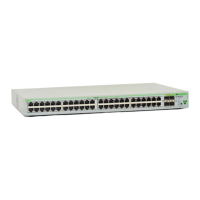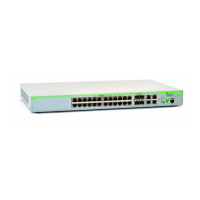Appendix B: Management Software Default Settings
1504
Manager Account
The following table lists the manager account default settings.
Login names and passwords are case sensitive.
Manager Account Setting Default
Manager Login Name manager
Manager Password friend
Console Disconnect Timer Interval 10 minutes
Maximum Number of Manager Sessions 3

